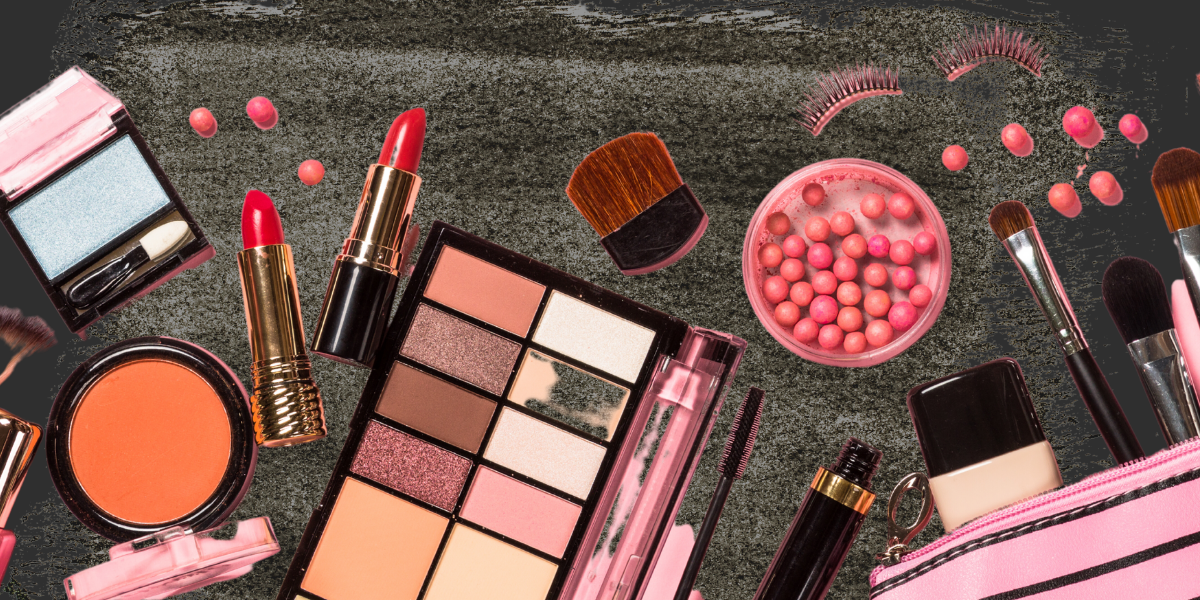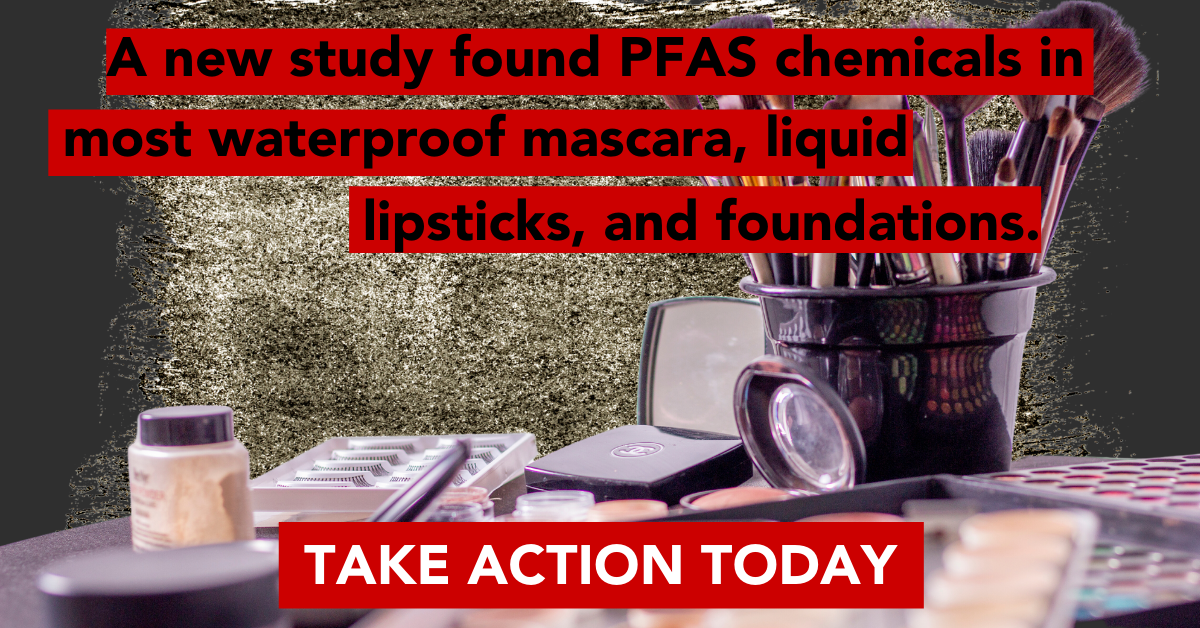Because testing is voluntary and controlled by the cosmetic manufacturers, many ingredients in cosmetic products are not tested for safety. The Environmental Working Group’s Skin Deep states that 89 percent of ingredients used in personal care products have not been evaluated for safety by the Cosmetic Ingredient Review (CIR) panel, the FDA, or any other publicly accountable institution (FDA 2000, CIR 2003). The absence of governmental oversight for this $35 billion industry means that companies routinely market products with ingredients that are poorly studied, not studied at all, or worse, known to pose potentially serious health risks. It’s time to protect consumers.
Want more information? Visit the Campaign For Safe Cosmetics website for ways to take action.
Many cosmetics contain chemicals known as parabens and phthalates, which recent studies indicate may be linked to cancer development.
Many cosmetic companies argue that the level of a harmful chemical in any one product is not enough to harm you, on the basis of studies of chemical exposure in adults. However, science is finding the timing of exposure is crucial, and that even a very small dose of some chemicals can have serious consequences in children and young women who are still developing.
Moreover, we are rarely exposed to a chemical just one time. We may use the same product every day, several days a week, for months or years. In addition, we use dozens of personal care products daily, not just one. So while exposure from one product on one day may be small, we in fact use numerous products a day for extended periods of time. As a result, scientists are finding accumulations of chemicals such as parabens and phthalates in our bodies.
Many diseases like cancer, asthma, birth defects, and learning disabilities are on the rise, and growing evidence indicates that these health problems are linked to the chemicals we are exposed to in our air, water, food, and everyday products. It’s time we start acting to protect human health.
For more information, see our pages Paraben-Free Cosmetics and Phthalate-Free Cosmetics.



June 23, 2021